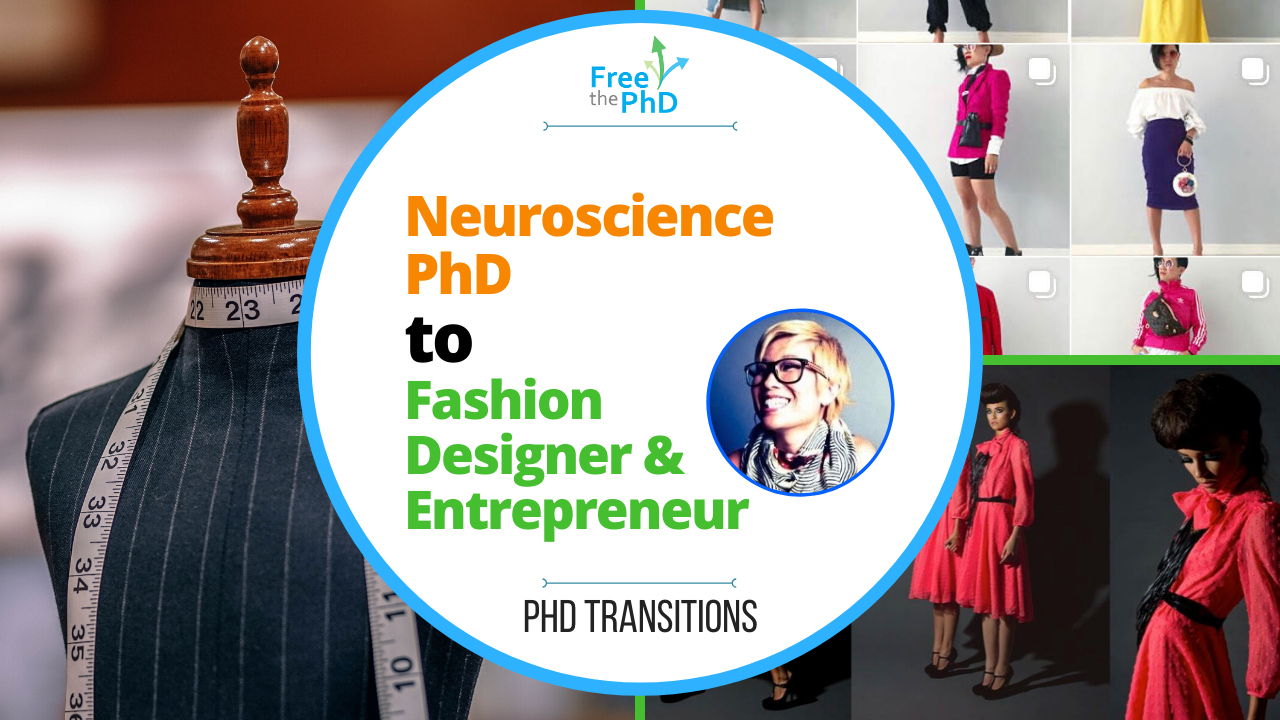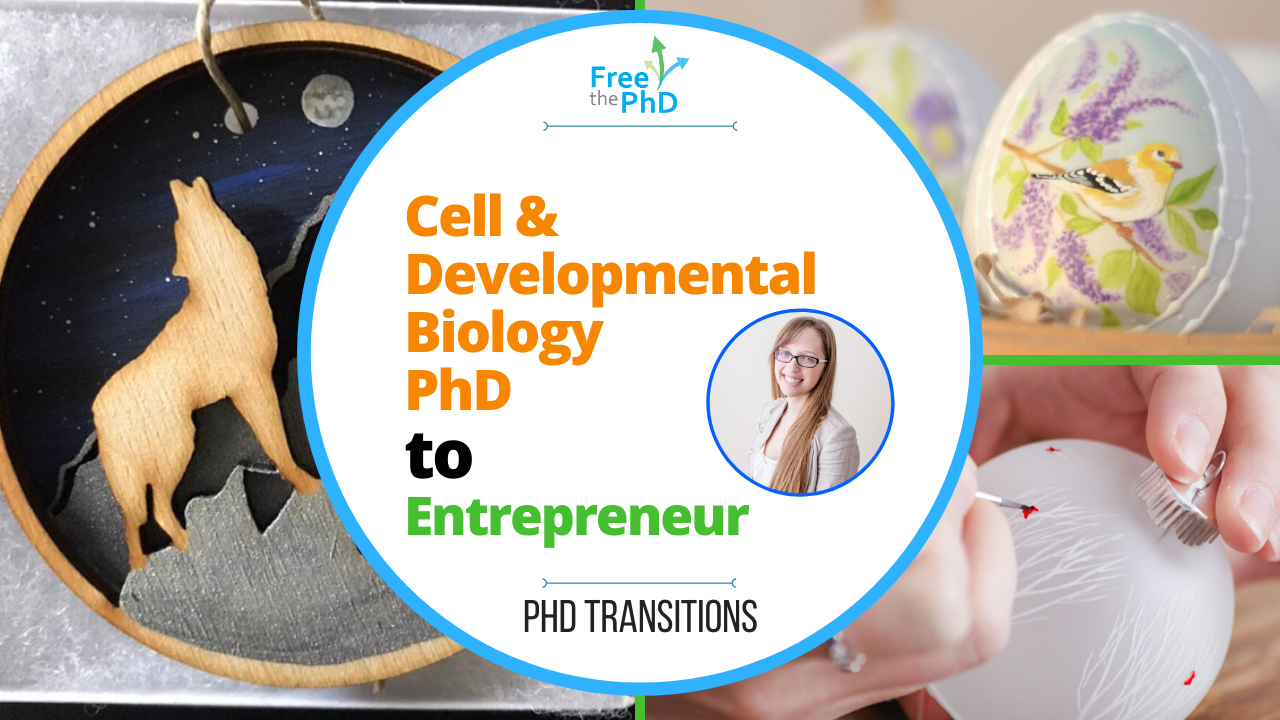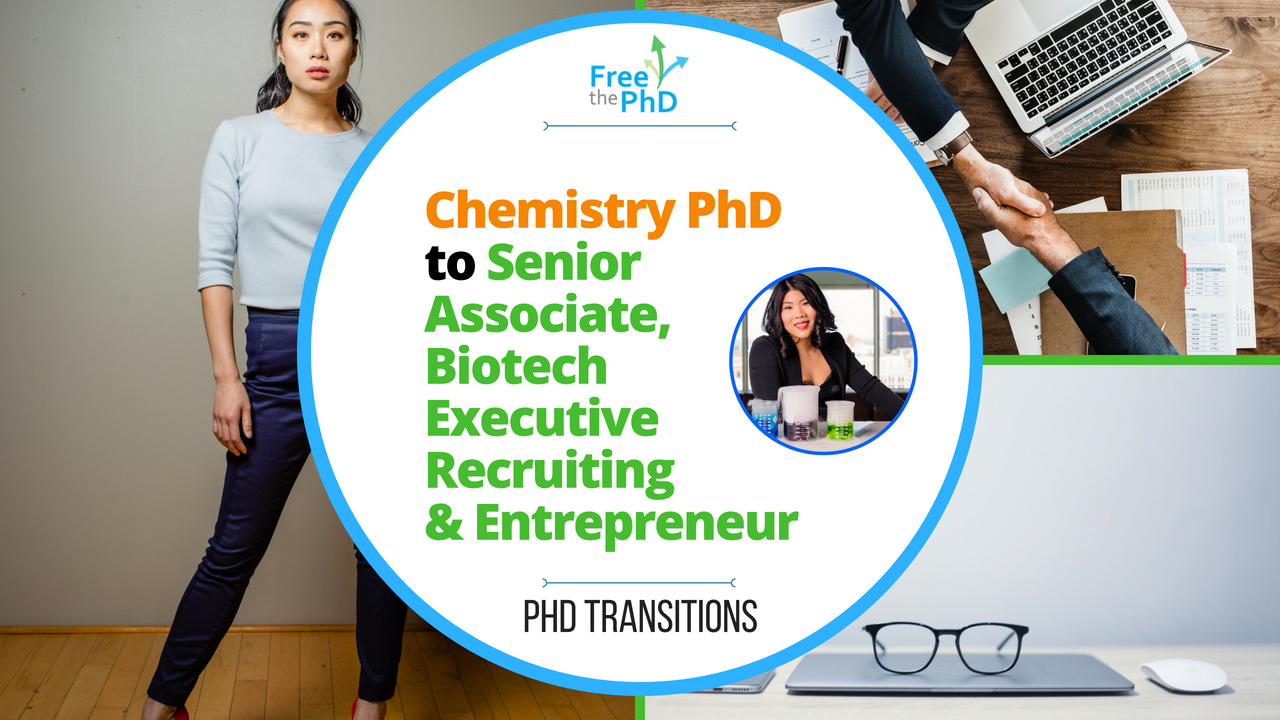When life throws curve balls your way, sometimes the best thing to do is pause and reflect. What do you truly enjoy doing? Why have you not pursued that in any real way? It’s never too late, as neuroscientist Dr. Sarah Ahn learned. Passion, drive, creativity, and an entrepreneurial spirit helped her successfully transition from a post-doc position at the bench, to becoming a fashion designer with her own collection and brand (NAMI).
What did you study in graduate school?
My PhD research was in spinal cord injuries and paralysis. I looked into the neural circuits in the spinal cord that allow us to walk. The spinal cord is smart in its own right. To study it, we placed a tiny vest on paraplegic rats and used it to support them in an upright position over a tiny rat-sized treadmill. When the treadmill is turned on, as expected, their hind legs dragged. But with time, the stimulation from the moving treadmill on the bottom of the feet sends signals to the spinal cord to “walk”. It is a well known concept that the brain makes all the decisions, but here we see that the spinal cord can make decisions as well. At the center of the spinal cord there is a well studied circuit of neurons coined the “central pattern generator” or CPG. Once turned on, the neurons “automatically” keep signaling to the leg muscles in alternating ways to allow “walking”.
When did you start to think about your next step, post-grad school? What options did you weigh, and what factors influenced your decision?
[After graduate school] I became a post-doc after receiving an NRSA (National Research Science Award) at Northwestern University and working with the Rehab Institute of Chicago (RIC, #1 ranked rehab hospital in the country). One snowy cold Saturday, I went to brunch, went to the gym, came home and noticed 8 missed calls from my dad. My dad picked up the phone and all he could say was, “I think you need to come home right away.” I learned my brother, just returned home discharged from the US Army, was at the UCLA ER, in surgery from injuries from a motorcycle accident. They weren’t sure he’d make it out alive. I took the first flight back, not knowing whether the surgery was successful or not. That was my life for the next two years. I went back to my post-doc, but my heart wasn’t in it. I felt traumatized by all that I went through. Life’s short. I started wondering what else I could do with my life.
What did you do next? How did you get your foot in the door with fashion and clothing design?
Being introspective made me realize my natural obsession with clothes. [When I looked back, there was] lots of evidence that I’d head in this direction:
- Our moving company once weighed out my clothes and they weighed nearly 2,000 lbs (!!)
- Growing up, I was always wearing hand-me-downs and never buying new clothes, so I was always altering clothes to fit the current trends
- Playing dress up since I was in diapers!
I ended up enrolling at the Fashion Institute of Design & Merchandising (FIDM), and chose this school over schools in NYC to be closer to my family in LA.
What did you have to learn during the process of moving full time into fashion and starting NAMI (your fashion line)?
First, people are quite judgmental about your life decisions. It’s not their life, but you hear so much from the peanut gallery. Second, at the time, career changes were not very common, so everyone I talked to was utterly shocked by my decision. The most frequently asked questions was, “but what about your PhD – won’t it be a waste? You spent so much time on it.” Well, the national average for a PhD in neuroscience is 6 years, and I finished my PhD in 4 – so not that long. Third, I learned to be comfortable being the novice in fashion. People assume that I’ll be an expert in fashion because I have a PhD, but that’s absurd. I tried to learn everything I could. My first job in the fashion industry was as a runway model dresser for GUESS. Dressers are needed backstage to get the models in and out of their clothes and mend clothes if there are any emergencies. It’s not rocket science but I messed it up. There were two looks for my male model and I put him into the wrong outfit first, so he ran back to change. By the end of the event, he got down on one knee and proposed to me, not believing that I was a married woman!
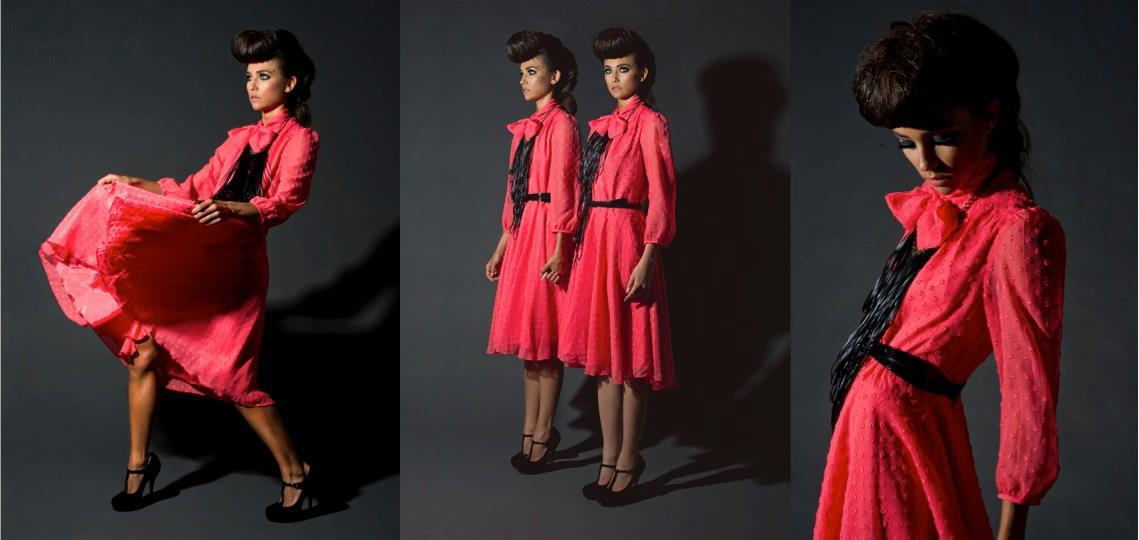
What is it like to mesh the scientific part of you with the artistic and design side of you?
There are moments where I’m frustrated by the habits of the misinformed young fashion enthusiasts in the industry that equate fashion with low standards of work ethics. To be successful in the fashion industry, one needs to understand many things at once (not specialize in just one subject as in my PhD): mastery of geometry, fractions, 3D imaging, human surface anatomy, sketching, sewing/construction, fabric science, color & design theory, business sense, pop culture & trend analysis. It’s a fascinating, complex industry and makes for a formidable field of study. It’s more than the glamorous runway shows you’re used to seeing when you think of the word fashion. I remember my first day at FIDM, industry sewing. These machines are not like your home sewing machines; industry sewing machines run on gas and even sound like a car engine roaring to life when you turn it on. The speed of the needle is at least 4x faster. If you’re not paying attention, you could easily lose a finger. I was 29 yrs old. My classmates were 17-19 and came to class dressed to the nines – including platform heels. My teacher’s first announcement was to tell those girls to take off their heels before putting their foot on the pedal.
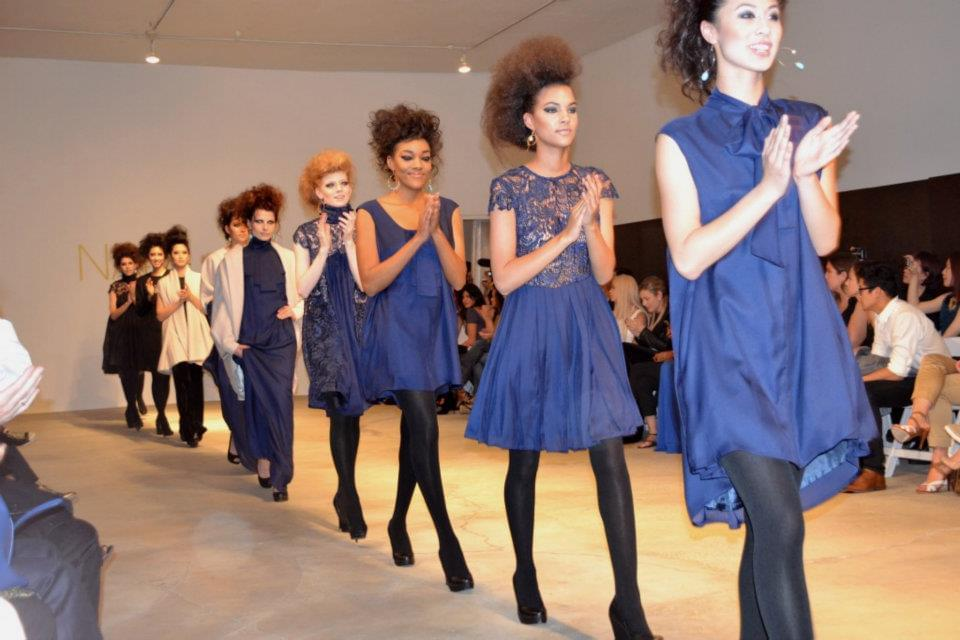
What has been the most enjoyable, and most challenging parts of the fashion world (and running your own business), compared to doing scientific research in academia?
Marketing. As a start-up company, I did everything. Social media was everywhere and those who understood how to take advantage of it did well. I was enamored by marketing strategies, understanding the psychology of people, recognizing that if you can identify what they want, you can sell anything. My obsession with selling became very real because at the end of the day, fashion is a business. This part also became my downfall. The more I focused on sales, the further I got from my creative drive. I think the most successful businesses in fashion, interior design – any design – is if you’re able to separate business tasks from creative tasks.

What advice or misconceptions about working outside of academia would you like to provide someone who has yet to make the leap out of academia?
Unlike what my mother kept stating about me throwing my doctorate away, in all actuality, I’ll always have it. No one’s taking my PhD away or can trash it because I’m not using it in the traditional sense. I still use my training to be smart in the fashion industry. If you’re looking to completely leave the academic world, in my personal experience, it’s actually given me a leg up anywhere I go. These three little letters – once someone discovers you’ve earned them, they give you instant credibility. Everyone magically listens to what you have to say a little harder. (Believe me, nothing drives me crazier than apathetic people. I never talk to an inattentive audience.)
Yes, it might be harder to re-enter academia once you’ve left their ivory towers, but it’s not impossible. Career changes are now so common as people are embracing the movement of #yolo. There are so many career options available now for those who want to use their PhD differently – not only in pharma companies [e.g scientists, MSLs, medical affairs], but in working for science apps, publishers, teaching institutions (Osmosis, Khan Academy), etc.
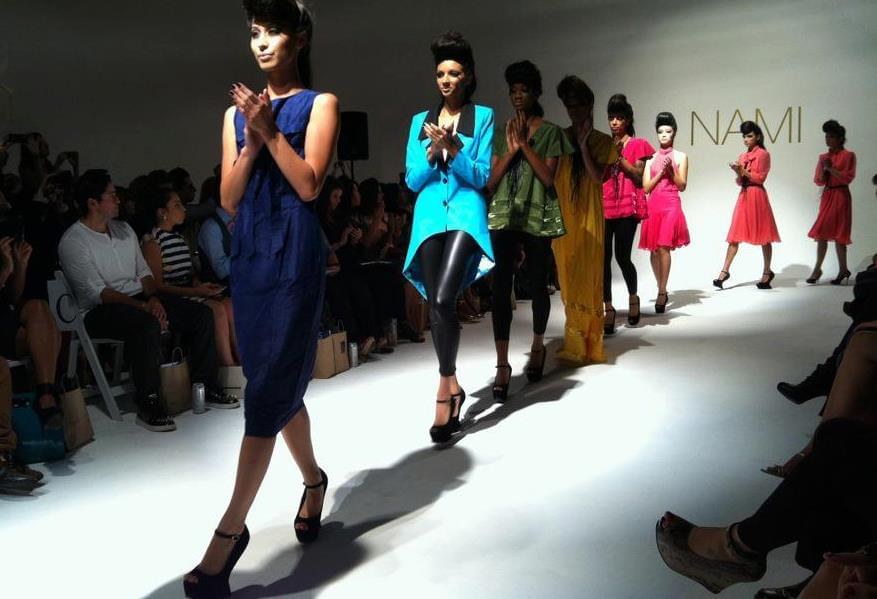
What goals or projects do you have in the coming year (either for yourself or for NAMI)?
Currently my goals are to be present. This became ever so clear when I collapsed on my bathroom floor two Thanksgivings ago and found I couldn’t use my legs because a golf ball sized tumor was growing in my brain. After this wild experience of going into emergency brain surgery, I woke up on the other side of it with a very clear revelation: how we shouldn’t fear trying new things, or be afraid of failure.
Who cares?! Just do it.
Embarrassed? Nobody cares.
Everyone is too absorbed with their own insecurities – just do it. Go do what you want; WHAT are you waiting for?
I’m tired these days from my brain healing but my mind feels ambitious again, so I’ve been indulging my love of fashion by posting my outfits on Instagram (@onnami). It keeps me gently occupied at the moment until I feel my next spark, which I know will come… ’til then, make it fashion!
Instagram: @onnami
More about Dr. Ahn and NAMI:
- http://wilesmag.com/2011/designer-spotlight/
- http://www.modernglossy.com/tag/sarah-nami-ahn/
- https://www.youtube.com/watch?v=xGc9hsQzu1U
By Camillia Monestime, Ph.D.
Got questions or comments, or aspire towards a similar career path but unsure how to get started? We’ve helped PhDs like you to land research, consulting, science communication, commercial, and client facing jobs with step-by-step, realistic guidance, based on our first-hand experience working away from the bench. Join our Free the PhD Careers Community for personalized help with your resume, networking, interviewing and skill-building to find a life you love outside academia!

